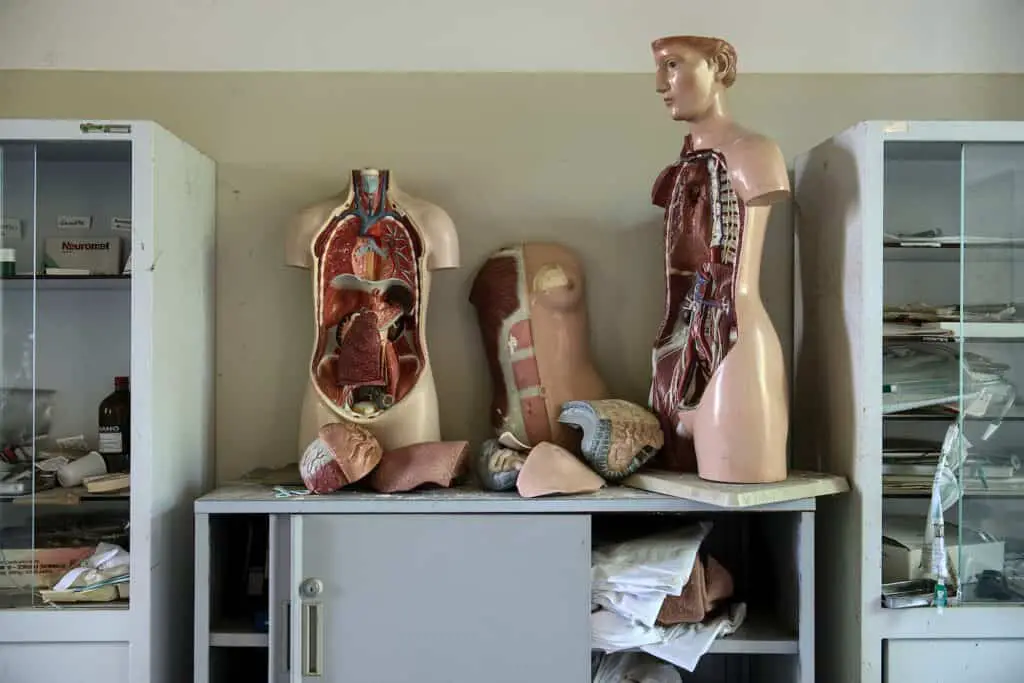The human body is an intricate masterpiece, composed of various systems and organs that work harmoniously to sustain life. Among these, there is one unsung hero that often goes unnoticed: the liver. Revered as the largest internal organ in the human body, the liver plays a pivotal role in maintaining bodily functions and overall health. In this article, we will delve into the astounding features and functions of the liver, shedding light on its significance and why it holds the title of the largest internal organ.
The Magnitude of the Liver
Nestled beneath the ribcage on the right side of the abdomen, the liver is a remarkable organ that occupies a substantial amount of space. On average, the liver weighs around 3 pounds (1.4 kilograms) and measures about 6 inches (15 centimeters) in length. Its size and position grant it direct access to the blood supply, facilitating its vital functions.
Multifaceted Functions
The liver is a true multitasker, performing a plethora of critical functions that are vital for maintaining homeostasis and overall health:
1. **Detoxification**: The liver acts as the body’s primary detoxification center, filtering out harmful toxins and chemicals from the blood. It breaks down substances like alcohol and drugs, rendering them less harmful before they are eliminated from the body.
2. **Metabolism Regulation**: The liver plays a central role in regulating metabolism. It processes nutrients from the food we eat, converting them into energy or storing them for later use. Carbohydrates, proteins, and fats are metabolized and balanced within the liver to provide energy and support various bodily functions.
3. **Synthesis of Proteins**: The liver is responsible for producing important proteins, such as albumin, which helps maintain proper fluid balance within the body, and clotting factors that prevent excessive bleeding.
4. **Storage of Nutrients**: The liver stores essential nutrients like vitamins (A, D, B12), minerals (iron), and glucose. These reserves provide the body with a constant supply of nutrients during times of fasting or increased energy demand.
5. **Bile Production**: The liver produces bile, a greenish fluid that aids in the digestion and absorption of fats in the small intestine. Bile also helps eliminate waste products from the body.
6. **Immune Function**: The liver is involved in immune responses by helping to remove bacteria, viruses, and other harmful particles from the blood. It also plays a role in producing immune-related proteins.
Despite its impressive size and essential functions, the liver is not immune to ailments. Factors such as poor diet, excessive alcohol consumption, viral infections (e.g., hepatitis), and genetic predisposition can lead to liver diseases, ranging from fatty liver disease to cirrhosis and even liver cancer. These conditions can impair the liver’s functions and have serious repercussions for overall health.
The liver’s grandeur as the largest internal organ is matched only by its multifaceted contributions to our well-being. Its remarkable capacity to detoxify, regulate metabolism, store nutrients, and aid in digestion showcases its indispensability. To maintain a healthy liver, adopting a balanced diet, limiting alcohol intake, and practicing a healthy lifestyle are crucial. As we marvel at the body’s intricate systems, let us not forget to celebrate the often overlooked hero – the liver – and its colossal role in keeping us alive and thriving.
- What Fueled The Largest Mass Human Migration In The History Of The World
- What Human Has The Largest Eyes In The World
- What Is The Deepest Underground A Human Has Been
- What Is The Fastest Growing Organ In Humans
- What Is The Fastest Organ In The Human Body
- What Is The Heaviest Human Head
- What Is The Heaviest Thing A Human Can Lift
- What Is The Largest Mass Migration In Human History
- What Is The Longest Wingspan For A Human
- What Is The Strongest Human Bite Force
- Which Bone Is The Hardest Bone In The Human Body
- Who Has The Biggest Eyes In The World Human
- Do Big Lizards Eat Humans
- What Is The Largest Internal Organ In The Human Body
- Will A Komodo Dragon Eat A Human
- Do Humans Have The Biggest Brains
- What And Where Is The Largest Thing On Earth Built By Humans
- What Is The Biggest Cell In The Female Human Body
- What Is The Largest Cell In The Human Body
- What Is The Largest Internal Organ Of The Human Body
- What Human Has The Longest Wingspan







